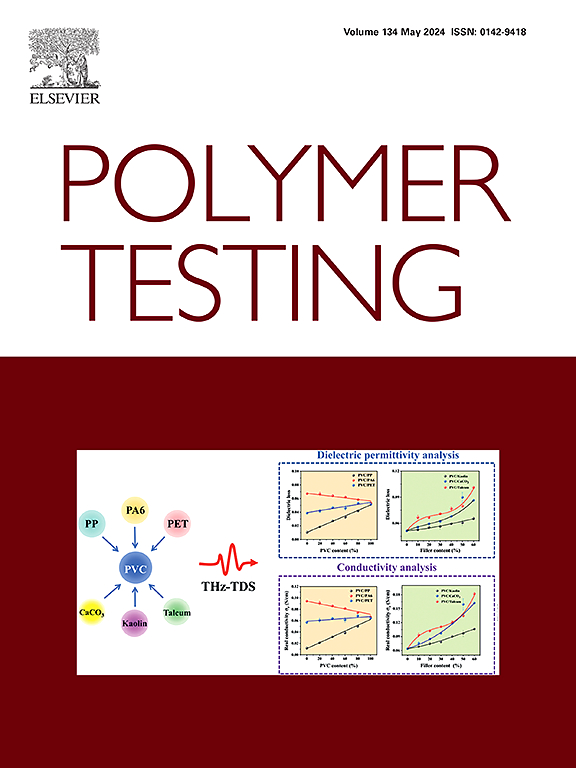Aramid fabrics are widely used in bulletproof armor because of their excellent mechanical properties. Previous studies have shown that ultraviolet radiation has a negative effect on the mechanical properties of aramid yarn, so improving the mechanical properties and impact resistance of aramid fabrics under ultraviolet radiation has become a research focus. In this work, aramid fabric was modified with CuO and ZnO particles to improve its ballistic performance under ultraviolet radiation. The ballistic impact resistance response and microscopic failure mechanisms of aramid fabrics under ultraviolet radiation were analyzed in detail. Under ultraviolet radiation, the ballistic limit velocity (vbl) of the CuO/ZnO-modified aramid fabric was 185.1 % greater than that of a neat fabric with a similar areal density. The vbl of the single-layer modified fabric was 45.6 % greater than that of the two-layer neat fabrics. The decrease in the ballistic performance of the aramid fabric under ultraviolet radiation was attributed to surface damage caused by the fracture of the chemical structure of the fibers, which weakened the mechanical properties of the fabric. The numerical simulation results were highly consistent with the ballistic impact test results, and the error between the numerical simulation and experimental results was within 10 %. The effects of changes in the mechanical parameters of the fabrics on the protection mechanism and energy absorption structure during ballistic impact were investigated. The energy dissipation of the modified fabric was at least 147.7 % greater than that of the neat fabric, further explaining the significant improvement in the ballistic performance of CuO/ZnO-modified fabrics under ultraviolet radiation.


